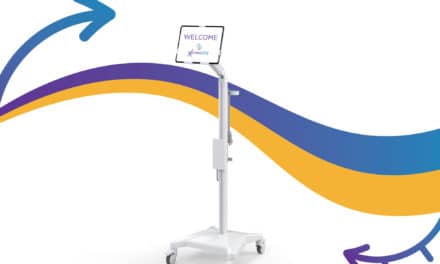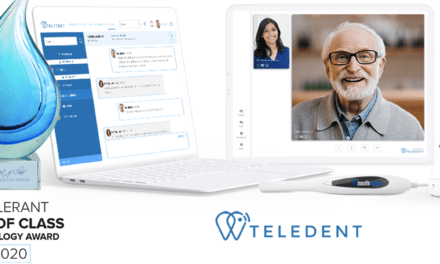With the right tools, remote consultations can eliminate the cost-burden to the practice and meet the patient where they are.
Initial consultations are one of the most laborious activities that orthodontic practices conduct yet are a vital part of the patient and doctor journey. “While we enjoy meeting our future patients, consultations require us to offer my time, imaging, and clinical assistance up front,” said Adam Schulhof, DMD, an orthodontist in private practice in the New York metropolitan area. “For all of the time we are spending, because of the competitive nature of our business, most orthodontists could not charge a consultation fee despite significant investment of time and energy.”
According to research conducted by the Journal of Clinical Orthodontics (JCO), on average, only 43% of consultations result in immediate patient acquisition, and cost practices approximately $900 to $1,350 per patient. Surprisingly, patients also found consult touchpoints important, yet burdensome.
At the beginning of the COVID-19 pandemic, orthodontists increasingly turned to virtual consults to continue generating new starts during office closures. As offices reopened, however, the realization set in: Remote consultations can provide a long-term solution that eliminates the cost-burden to the practice and meets the patient where they are. But to ensure remote consultations are effective and efficient, an orthodontic practice needs the right tools.
Last fall, Grin, a teleorthodontic company, entered the industry with its remote monitoring platform. More recently, the company launched Remote Consultations so patients do not have to be physically present to interview a potential orthodontist. Leveraging the Grin App and Grin Scope—an intraoral smartphone adapter—doctors receive a self-scan video from their potential patient. Then they send back a short video analysis of the most appropriate treatment options and pathways. This exchange equips patients with an unprecedented amount of information from the comfort of their home to responsibly choose the right path forward under the care of a local orthodontist. Empowered with the right information, patients can then take the next important step of visiting in person for an x-ray and full diagnosis.
With the Grin Remote Monitoring Platform live at hundreds of partner practices, now including their new distribution partner Henry Schein, Orthodontic Products asked Schulhof, who is also the CEO of Grin, to share his top 5 insights so any orthodontist can maximize experiences and ROI through virtual consultations.
1. Expand your geographic reach
A ‘local’ orthodontist still may be a bit of a hike. This causes friction to convert a potential patient. Providing a remote consult removes a significant hurdle and starts the relationship with ease. This can also shorten turnaround time from consultation to conversion.
2. Give patients a responsible in-depth consultation
With many so-called virtual exams utilizing FaceTime or simple selfies, you can’t be sure of a patient’s full mouth and occlusion. The Grin Scope achieves a full mouth and full occlusal view along with a video that shows a patient in function—the open and close.
3. Deploy creative marketing via multiple channels
It’s imperative that patients can request a consultation with local participating orthodontists through a variety of channels such as social platforms or direct doctor referrals. Fun and innovative visual collateral is key in these efforts as people expect to be engaged aesthetically. Make sure your first impression conveys the image you want to convey.
4. Provide an interactive experience from a distance
It’s vital that orthodontists be able to establish a personal connection. Grin partner orthodontists achieve this by sending prospects a Grin Scope. After a patient sends their initial scan for review, Grin orthodontists record a brief video that explains what they saw and treatment options going forward. This is your opportunity to show prospects how you’re the right doctor for the job.
5. Continue reducing in person exposure
The risk of COVID-19 is still omnipresent, and orthodontists must continue to reduce office congestion. Eliminating this in person touchpoint is one more way to quell virus contagion while still providing patients the care they deserve. OP










